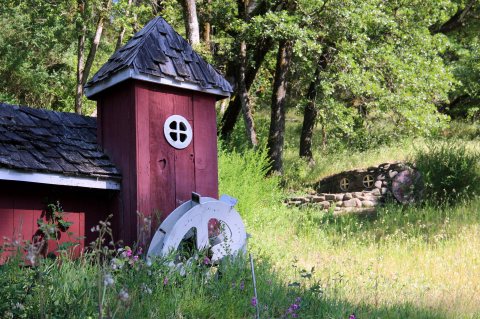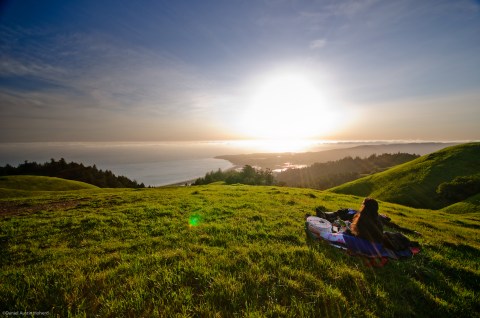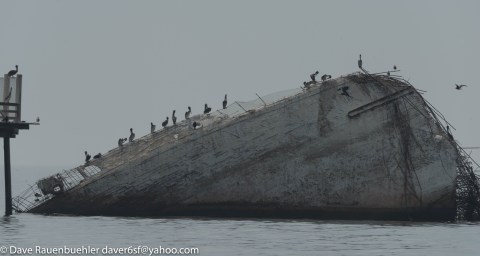These 12 Houses In Northern California From The 1930s Will Open Your Eyes To A Different Time
There’s a lot of things about 2017 that might not be ideal, but one thing is for sure: Northern California has come a long way since the great depression. Be thankful for that roof over your head and the four walls protecting you from those winter storms currently making their way through Northern California. Many of our ancestors who moved out here in search of work during the Dust Bowl lived with a lot worse.

Photogrammar
The original caption for this image reads, "Four families, three of them related with fifteen children, from the Dust Bowl in Texas in an overnight roadside camp." It was taken in 1937.
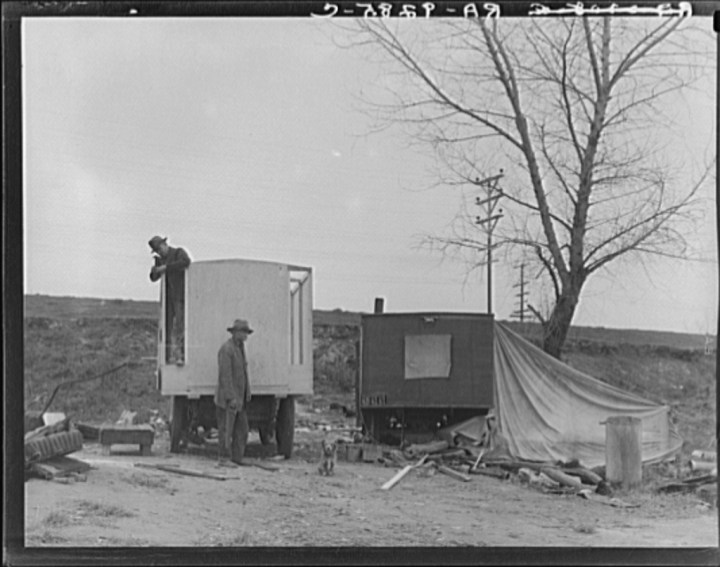
This image's description reads, "A new home on wheels (father and son). Yuba County, California."
Advertisement
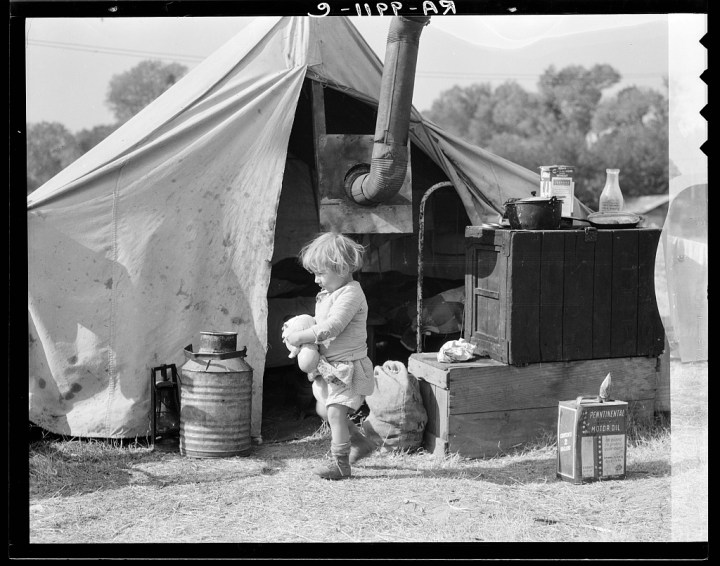
"Child of migratory worker. American River camp near Sacramento, California" November 1936.
Advertisement

Famous Dust Bowl photographer Dorothea Lange documented this image: American River camp, Sacramento. Home of Tennessee family, now migratory workers. Seven in family, came to California July 1935, following relatives who had come in 1933. Father was a coal miner in Tennessee. Reason for coming to California. "Our neighbors were coming. We only got one or two days work a week (relief.) Thought we could make it better here. Since arrival family has worked in walnuts, tomatoes, peaches, and the mother has worked in a fruit cannery."
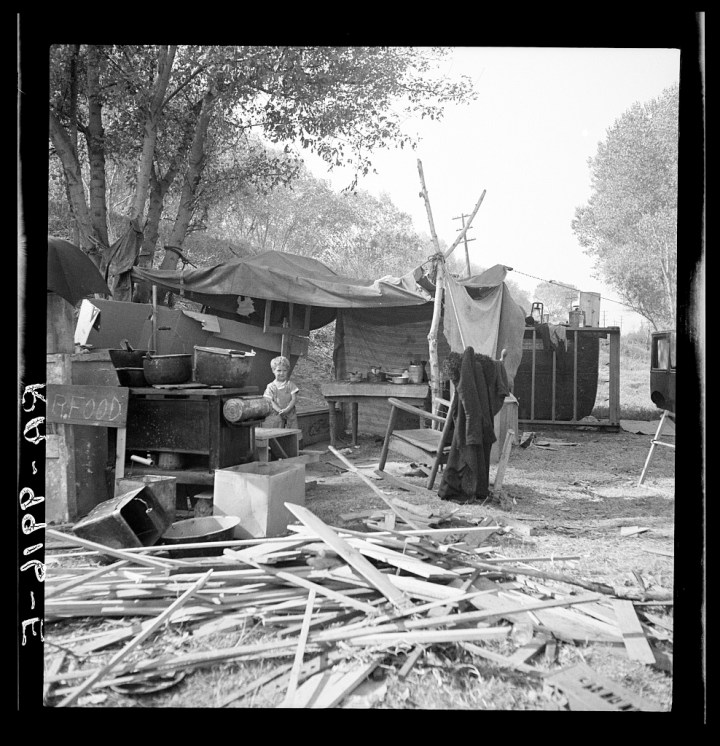
This photo's caption reads, "Destitute family. American River camp, Sacramento, California. November 1936."

This photo is from, "Backyard. North Beach District (Italians). San Francisco, California, February 1936."
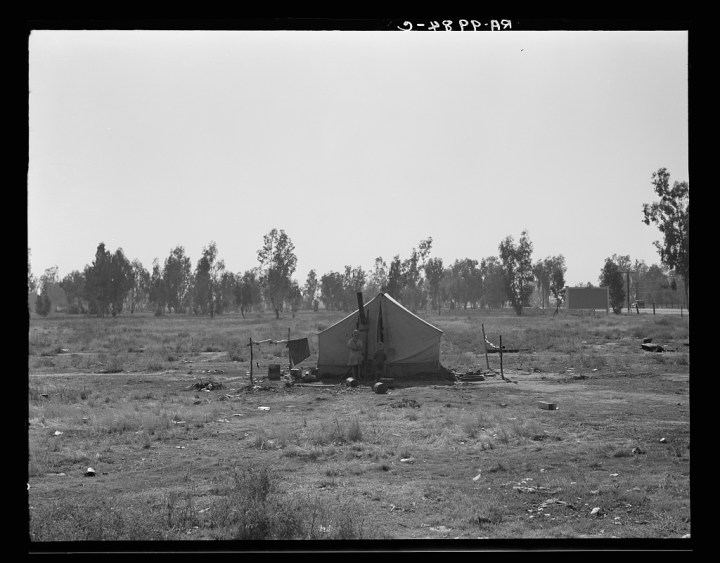
The caption says, "Children of drought refugees camped by highway outside of Fresno, California. The parents are working in the cotton field."

The photographer is unknown, but he or she documented the following about this photo: "Sonoma migratory labor camp, California. Gate, house, and garage."
Advertisement
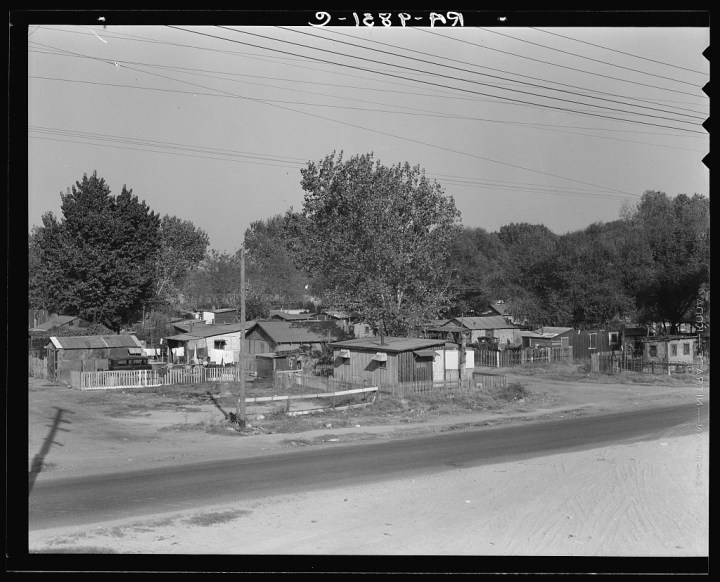
The photo's original description says, "Winter migrant camp on the outskirts of Sacramento, California. Each family has to build its own shack; they pay one dollar and twenty-five cents a month ground rent, including water. Eighty families living here in November 1936. They work in the fruit during the summer, migrating from harvest to harvest."
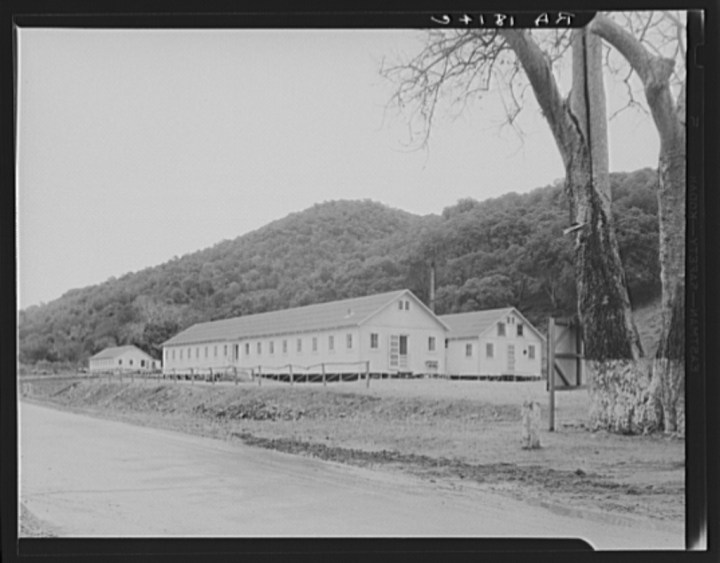
The caption says it all about this men's home near Lassen: Hot Springs federal shelter. One of the five federal camps for homeless men in California. Year ago enrollment three hundred seventy five men, now one hundred fifty seven. Average age fifty; all physically disabled and not capable of manual or project work. Dining hall, kitchen and hospital."
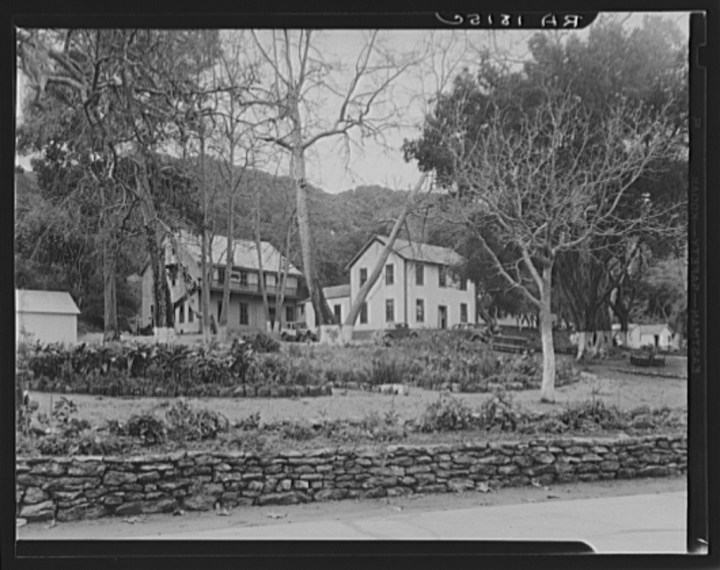
It's information tells us that: "Hot Springs federal shelter. One of the five federal camps for homeless men in California. Year ago enrollment three hundred seventy five men, now one hundred fifty seven. Average age fifty; all physically disabled and not capable of manual or project work. Administration building."

This abode's description definitely paints a prettier picture than a lot of the others': "Utility units at Marysville resettlement camp. Shows sites and units, towels, hot shower, and laundry."
Let’s have a show of hands for those of us Northern Californians whose families moved out West in search of work at one time or another. Share your family’s story, or your own, with us on Facebook.
OnlyInYourState may earn compensation through affiliate links in this article. As an Amazon Associate, we earn from qualifying purchases.


